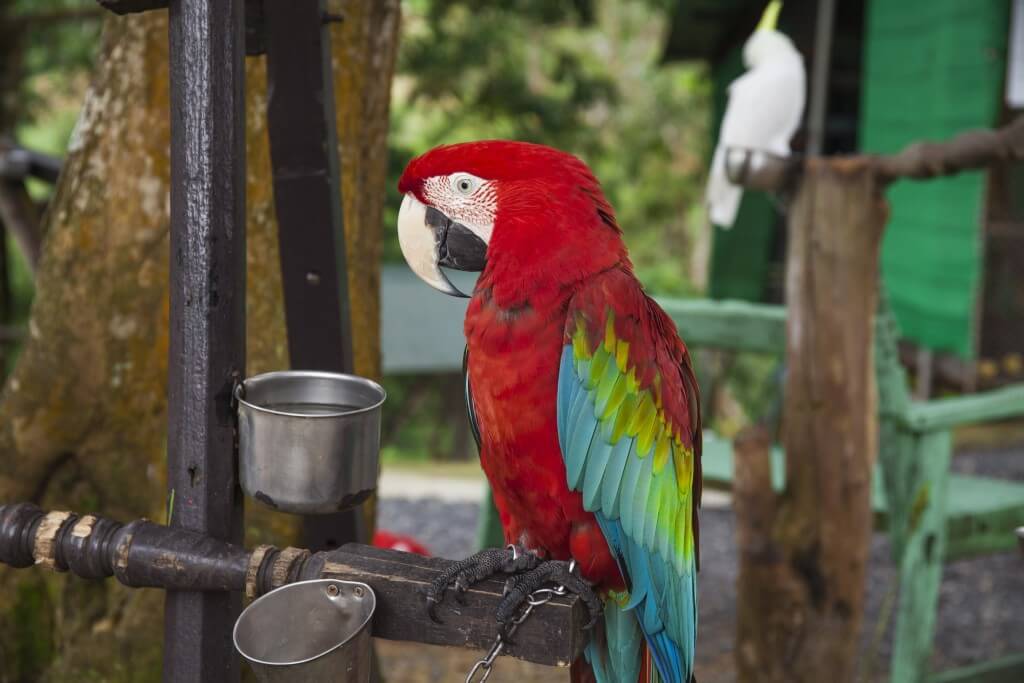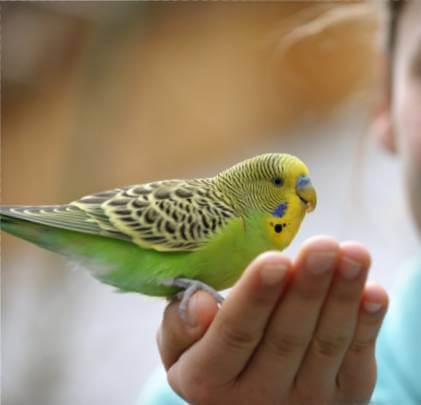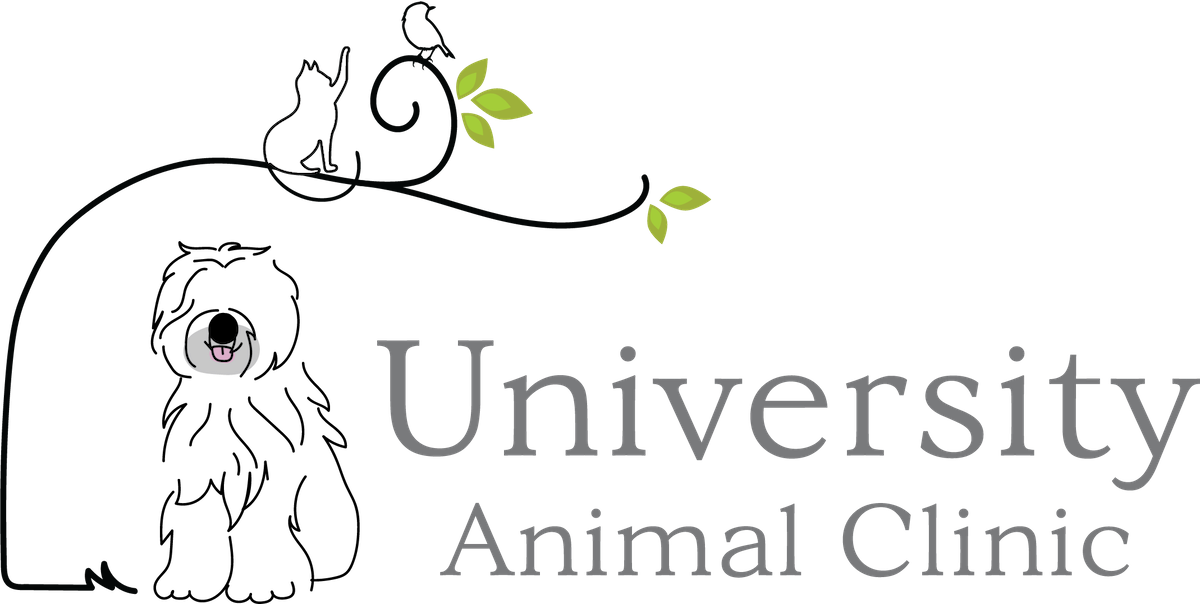
How often have you thought about the birds you see every day? There are over 9,000 different avian species in the world and I do mean species. Dogs and cats are separated into different breeds but still within the canine and feline species. But birds are in fact different species under the class Aves and so they each have their own unique differences. Companion avian species need to be examined by an avian veterinarian yearly, groomed regularly, and even have blood tests run on a regular basis. One of the first things a parent of any species of bird can do is to have appropriate husbandry (the raising, housing, and management of plants and animals). So much of the health and wellbeing of our avian pets has to do with where they are housed, how they are fed, and their enrichment.
Why Cage Design Is Important For Birds
Cage design has become something of an art form in recent years. They can be made from a wide range of materials from brass wire to Plexiglas. Plexiglas can be great in decreasing the cage litter from falling on the floor, while wired cages can help to exercise their feet by allowing them to climb on the sides. The only requirement from a medical perspective is that the cage is of appropriate size for the species. When choosing a cage take into account the addition of perches and toys, an overabundance of these can increase the chance for injury and decreases their exercise space. Wood perches are great for birds and we recommend never using sandpaper on perches, the thought is it would help to keep their nails short but in actuality it can cause irritation to the part of the foot that is contacting the perch. For the bottom of the cage, newspaper is a great inexpensive choice that can also allow the pet parent to monitor the pet’s stool, though we would recommend a grate separation as many birds love to tear up paper when playing and being mischievous.

How To Properly Feed Your Bird
Commercial nutrition for birds has changed dramatically over the years as our medicine for these pets has advanced. For our companion birds we recommend they be on a diversified diet with a pelleted diet as the foundation. Pelleted diets are the most nutritionally balanced feed available for our birds; they can range in color and can even be in a cake form. Seed diets generally are very high in fat, particularly saturated fats. The tip to transitioning a bird from seed to pellet is to start young if possible; also it is easier done in a group then a single pet. These pets while being transitioned should be weighed every 2-3 days and if there is consistent weight loss some seed should be resumed until the pellet is accepted. A diverse diet for birds can also contain a small amount of seed, vegetables, cooked eggs, pasta, and even a small amount of fruits and cheese. This is not only for the nutritional benefits but it also plays a role in enrichment and stimulates the bird with different sizes and textures of food.
How To Groom Your Bird Properly
Grooming and Enrichment are the last part of good avian husbandry and are often the most time-consuming. Grooming in birds includes beak, feather, and nail trims. A small overbite is natural in the beak of a bird but malocclusion from trauma or poor development can cause the beak to grow abnormally and require frequent beak trims. We like to use a dremel for these purposes as it gives a smooth surface afterward and is the least traumatic. Nail trimming is also performed with a dremel in larger birds as this can not only decrease the length of the nail but make a smooth contact for the handler. Feather trimming depends on the lifestyle of the bird. We can trim their wings so that they have just enough flight so as not to fall off their perches or we can leave them with more flight abilities for those kept in an aviary situation.
Avian companion birds can have a large vocabulary and can learn to sing songs, speak phrases, and mimic anyone in the home including the telephone. So I caution you be wary of what is said in front of these pets as it may be repeated later when you least expect it; like in the veterinary office.
